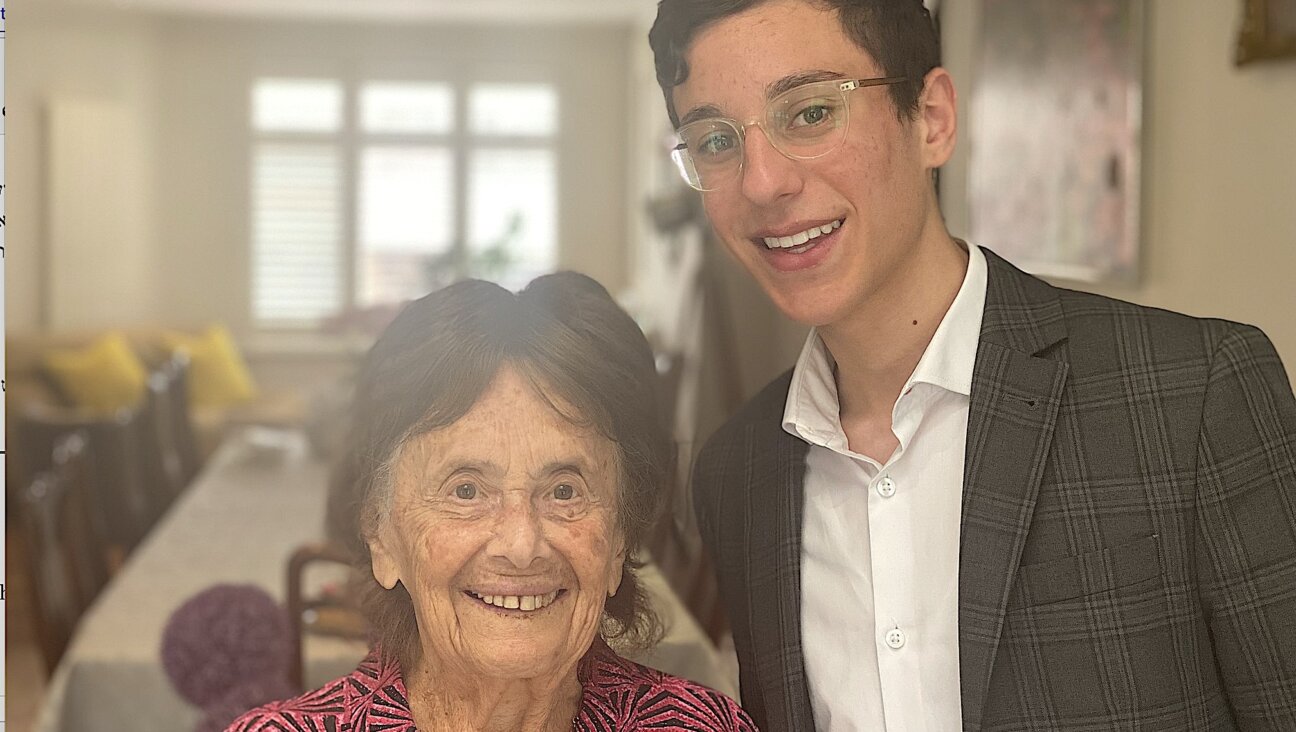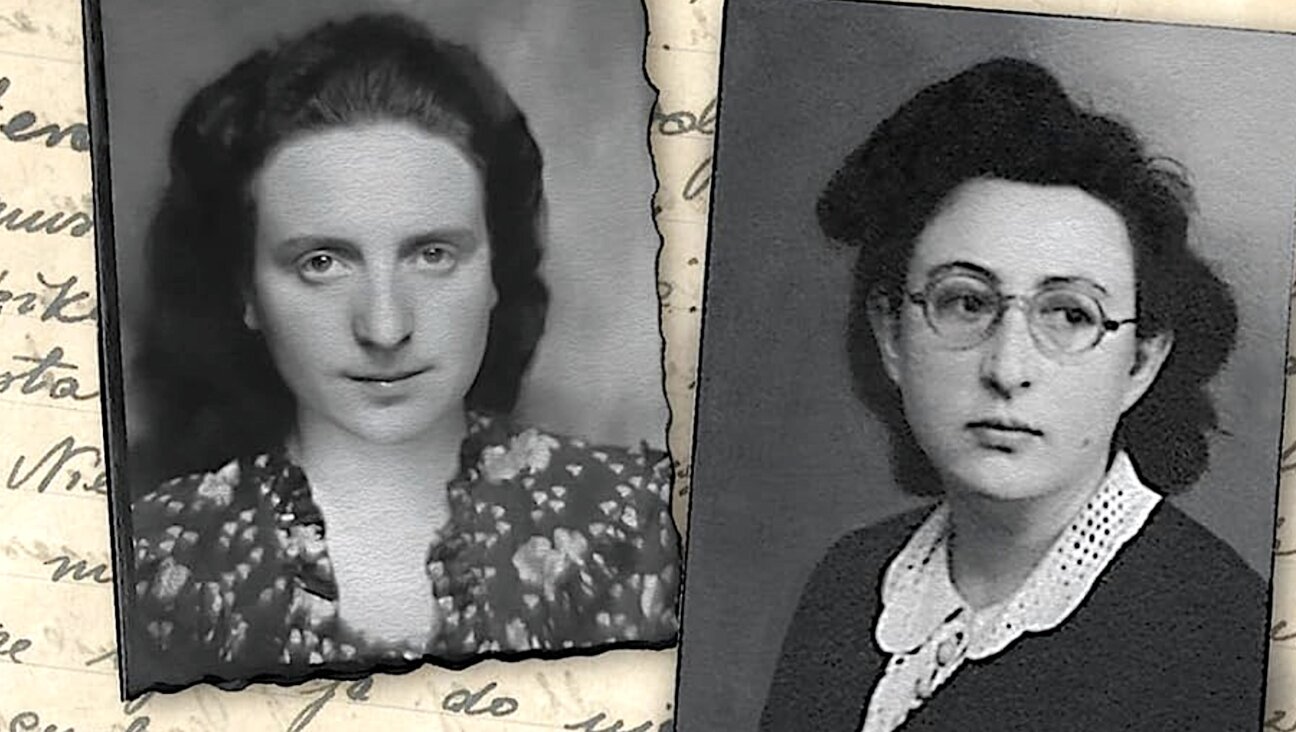דער ייִוואָ זאַמלט ייִדישע קאָראָנאַ־ווירוס־געשיכטעסYIVO collecting Jewish coronavirus stories
מע קען אויסשטעלן דעם פֿאָרמולאַר כּדי צו העלפֿן די היסטאָריקער בעסער פֿאַרשטיין, ווי אַזוי די מגפֿה ווירקט אויפֿן ייִדישן לעבן.

Image by Getty Images
זינט דער ייִוואָ איז געגרינדעט געוואָרן אין 1925, האַלט די אָרגאַניזאַציע אין איין זאַמלען די פּערזענלעכע געשיכטעס פֿון ייִדן, כּדי היסטאָריקער זאָלן קענען בעסער פֿאַרשטיין ווי אַזוי פֿאַרשידענע געשעענישן האָבן געווירקט אויפֿן ייִדישן לעבן. במשך פֿון רעוואָלוציעס, מלחמות, גענאָצידן, הונגער און יאָ, עפּידעמיעס, האָט דער ייִוואָ תּמיד געשטרעבט צו פֿאַרזיכערן, אַז דאָס ייִדישע פֿאָלק זאָל „שרײַבן און פֿאַרשרײַבן“, ווי ס׳האָט געזאָגט דער היסטאָריקער שמעון דובנאָוו אין זײַנע לעצטע ווערטער אין ריגער געטאָ.
אין דובנאָווס צײַטן האָט מען געדאַרפֿט גיין פֿון שטעטל צו שטעטל זאַמלען אַלטע פּינקסים און בעטן דעם עולם אויסצופֿילן לאַנגע אַנקעטעס און זיי אומקערן מיט דער פּאָסט. הײַנט קען מען פּשוט אַרויסשיקן אַ קורצן פֿאָרמולאַר דורך „גוגל“ און גלײַך באַקומען ענטפֿערס פֿון טויזנטער מענטשן, ניט געקוקט אויף דעם, וואָס זיי זענען איצט פֿאַרשפּאַרט אין שטוב. פּונקט אַזוי האָט דער ייִוואָ טאַקע לעצטנס געטאָ: אַרויסגעשיקט אַן אַנקעטע מיט פֿראַגעס וועגן דעם אופֿן, ווי אַזוי דער קאָראָנאַ־ווירוס ווירקט אויף ייִדן. מע וויל וויסן, למשל, ווי אַזוי מע האָט הײַיאָר אַנדערש געפֿירט דעם סדר, ווי אַזוי דער מצבֿ האָט געביטן דאָס דאַוונען און ווי אַזוי די ייִדישע שולן גיבן זיך אַן עצה מיטן לערנען די תּלמידים פֿון דער ווײַטנס. כאָטש די פֿראַגעס זענען אויף ענגליש, בעט דער ייִוואָ, מע זאָל אויסטשעלן דעם פֿאָרמולאַר אויף וואָס פֿאַר אַ שפּראַך מע וויל.
נאָך אינפֿאָרמאַציע, גיט אַ קוועטש דאָ.





















